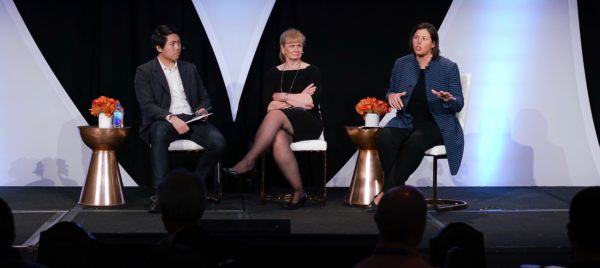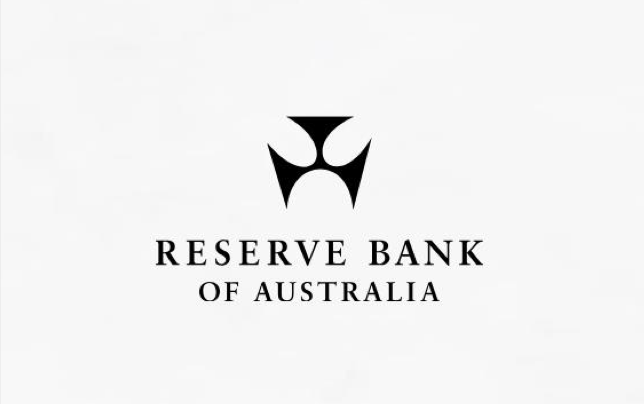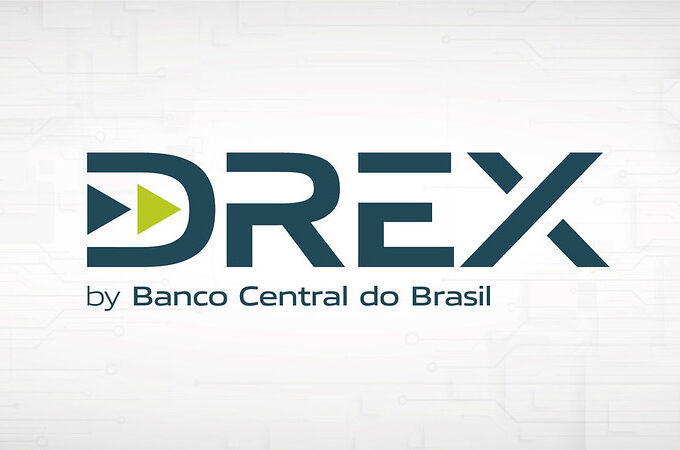
Insurance Incumbents Turn To Big Data, Partnerships To Keep Pace With Startups
By CB Insights
The insurance landscape is going through tremendous change, and policy reform is not the biggest challenge on the horizon. Data analytics, machine learning, and a surge of new entrants are disrupting the traditional insurance model and creating easier, more affordable access to coverage. If these trends are ignored, big insurance providers are in jeopardy of becoming irrelevant, warned Sarah Street of XL Caitlin, a P&C insurance company, speaking at the CB Insights Innovation Summit.
Street was joined on the panel by Deborah Sundal of UnitedHealth, in a discussion moderated by CB Insights’ senior analyst Matthew Wong.
Insurance remains a challenging market. Sundal noted that the industry still has a stringent regulatory environment, an outdated service model, and a slow adoption pace. “We acknowledge that problems exist in healthcare and the problems that exist are way too big to not collaborate among unlikely partnerships,” she said.
Some of the biggest pain points in today’s insurance model are the customer experience and high costs.
“Nobody wakes up excited to buy insurance, but Lemonade makes buying insurance fun,” said Street.
On the front end of the platform, Lemonade, a P2P insurance startup, has an AI-powered bot that customers can chat with directly to submit insurance claims. This significantly reduces the time to submit and process an insurance claim from weeks to seconds. Additionally, by cutting out the middle processing agent, costs associated with processing the claim are reduced, benefiting the customer. “This is game changing” said Street, whose company’s venture arm XL Innovate was an early investor in Lemonade.
Street noted that in the property and casualty (P&C) insurance industry, behavioral data sets, such as payment history, have created new ways to calculate risk and the cost of underwriting a policy. “Data sets that are proxies for the behavior of the insured are the best predictors of risk,” said Street. Further, they allow providers to create tailored prices based on behavior. “Every business should be looking at data and analytics to improve what we do,” Street said.
Smart home devices are also affecting how P&C insurers underwrite the cost of insurance. These data sets have helped in the property appraisal process and also help reduce the cost of loss.
When asked if smart home devices would eliminate the need to own a P&C insurance policy outright, though, Street said, “It won’t eliminate the need to have insurance, irrespective of what you do around loss prevention, disasters still happen.”
In healthcare, Sundal believes that new data from sensors and wearables could have the biggest impact on early detection and treatment of chronic diseases, but cautioned that the cure won’t come overnight. Implementing new technology requires years of research, data, and regulatory approval.
Partnering with the regulators, the government, startups, and nonprofits is critical to getting new technology approved and implemented quicker, she said. “We want fast solutions, but these are 5-6 year projects in research and development.”
First appeared at CB Insights Blog




